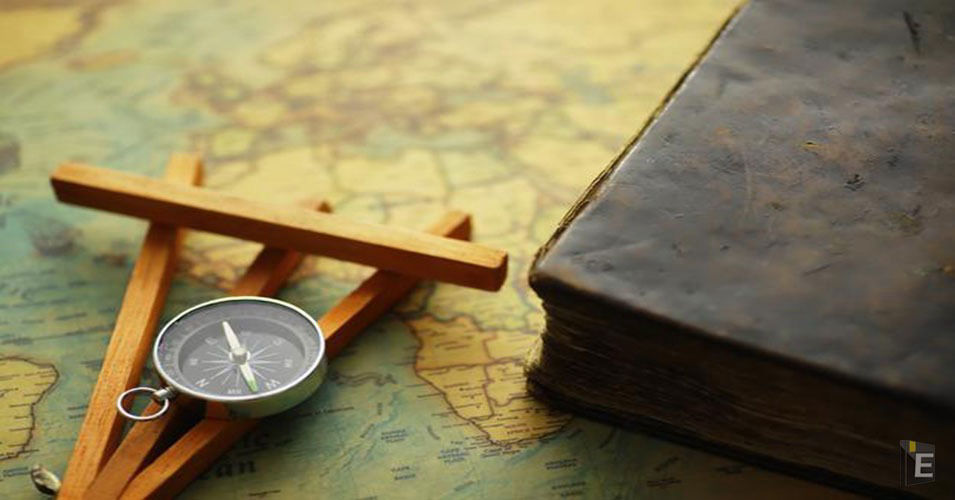Top 100 World Geography GK Questions

Yellow river is known in the following.
(A) Cauvery
(B) Amazon
(C) Hwang–Ho
(D) Damodar
Correct Answer : C
Explanation :
The Yellow River is known as (C) Hwang–Ho. The Yellow River, also known as the Hwang-Ho or Huang He, is the second-longest river in China and one of the major rivers in Asia. It is often called the "Mother River of China" due to its historical and cultural significance. The river is named for the yellow silt it carries, giving it a distinctive yellow color. The Yellow River is an important watercourse in Chinese history and civilization, playing a crucial role in agriculture and supporting ancient Chinese civilizations.
The Indus river is also known as the Nile River of which country?
(A) China
(B) Bhutan
(C) Myanmar
(D) Pakistan
Correct Answer : D
Explanation :
The Indus River (locally called Sindhu) is one of the longest rivers in Asia, originating in the Tibetan Plateau in the vicinity of Lake Manasarovar, the river runs a course through Ladakh towards the Gilgit-Baltistan region Hindukush ranges, and then flows in a southerly direction along the entire length of Pakistan
Soil contains decayed remains of living organisms. This is called
(A) Saline Soil
(B) Humus
(C) Minerals
(D) Biosphere
Correct Answer : B
Explanation :
The decayed remains of living organisms in soil are called (B) Humus. Humus is the organic material that forms as a result of the decomposition of plant and animal matter. It is a dark, nutrient-rich component of soil and plays a vital role in soil fertility. Humus improves soil structure, retains moisture, and provides essential nutrients for plant growth. It is a key element in sustaining healthy and productive soils in various ecosystems.
Which of the following countries is called the Land of Thousand Lakes-
(A) Finland
(B) Thailand
(C) Netherlands
(D) Ireland
Correct Answer : A
Explanation :
Finland is called the "Land of Thousand Lakes". There are approximately 168,000 lakes and 179,000 islands in Finland.
It is the largest lake in the world by area and volume-
(A) Caspian Sea
(B) Arabian Sea
(C) Baikal Lake
(D) Meshigan Lake
Correct Answer : A
Explanation :
The largest lake in the world by both area and volume is (A) Caspian Sea. The Caspian Sea, although called a "sea," is technically the largest lake on Earth. It is located in Central Asia and is bordered by five countries: Russia, Kazakhstan, Turkmenistan, Iran, and Azerbaijan. The Caspian Sea has significant economic and environmental importance for the surrounding regions and plays a crucial role in the geopolitical landscape of the area.
The Nile River is not a flowing river in which of the following countries?
(A) Kenya
(B) Egypt
(C) Algeria
(D) Tanzania
Correct Answer : C
Explanation :
The Nile river does NOT flow through Algeria. The River Nile is the longest river in the world and in Africa. It is about 6,670 km in length.
Which of the following statements describes “endemic species”?
(A) Species that are found only in some particular areas
(B) Species that have come from abroad
(C) Species with less population may move to the category of endangered species
(D) Species that are not found existing after intense searches
Correct Answer : A
Explanation :
(A) Species that are found only in some particular areas
Endemic species are those that are native and restricted to specific geographical areas and are not naturally found anywhere else in the world. They have evolved and adapted to particular local conditions, making them unique to those specific regions.
Which of the following is called the land of white Elephants?
(A) Cuba
(B) Turkey
(C) Thailand
(D) Africa
Correct Answer : C
Explanation :
The land of white elephants is (C) Thailand. This term is often used metaphorically to refer to Thailand, highlighting its cultural richness and uniqueness. In Thai culture, the white elephant is considered a symbol of good luck and prosperity.
Arakan Yoma is the extension of the Himalayas located in
(A) Nepal
(B) Kashmir
(C) Baluchistan
(D) Myanmar
Correct Answer : D
Explanation :
Arakan Yoma is the extension of the Himalayas located in (D) Myanmar. The Arakan Yoma mountain range runs through the western part of Myanmar (Burma) and extends into southeastern Bangladesh.
The disconnected lines drawn on a map for showing the slope are called ______
(A) Isohaline
(B) Hachure
(C) Isohyet
(D) Contours
Correct Answer : B
Explanation :
The disconnected lines drawn on a map for showing the slope are called (B) Hachure. Hachures are short, parallel lines that are drawn on a map to represent relief features such as slopes and hills. The spacing and orientation of hachures provide a visual indication of the steepness and direction of slopes on the map. Hachures are commonly used in cartography to enhance the representation of terrain and elevation.



